The Architectural Crossroads: Where the Lean Founder Must Choose Wisely
For the technical and non-technical founder alike, the moment you decide to build a fully interactive, multi-user application—a true SaaS platform, a marketplace, or a complex social tool—you stand at a critical architectural crossroads. You are moving past simple data portals (like Softr or Glide) and committing to a full-stack foundation.
The two titans leading this charge are Bubble and FlutterFlow. They are the champions of high-leverage development, promising to deliver a production-ready Minimum Viable Product (MVP) in weeks, not months.
However, they represent two fundamentally opposing philosophies:
Bubble: The all-in-one platform prioritizing Speed, Flexibility, and Complex Workflow Logic (Web-First).
FlutterFlow: The front-end specialist prioritizing Performance, Portability, and Native Experience (Mobile/App-First).
Choosing the wrong foundation can be catastrophic for a lean business. It can cost you months in development, drain your limited capital through unpredictable pricing, or force an expensive, premature re-platforming that kills your momentum. Your choice must be dictated by your core monetization strategy and your long-term architectural insurance policy.
Bubble – The Web App Architect and the Velocity Engine
Strategic Positioning: Unmatched Speed for Validation
Bubble is the undisputed king of complex, customizable web application logic. It is a true full-stack environment—the database, server, and front-end builder are all housed within one ecosystem.
For the founder following the Lean methodology, Bubble excels in the Build phase of the Build-Measure-Learn loop. It offers the fastest path to a complex web MVP because it eliminates all the initial setup waste (Muda): no need to configure hosting, set up a separate database instance, or write API connection middleware.
Key Strengths for the Solopreneur:
The Visual Workflow Engine: This is Bubble's superpower. It allows non-coders to build sophisticated, stateful server-side logic directly in a visual environment. Want to process a payment, log the transaction in the database, send a confirmation email, and update a user's status—all in one atomic, audited step? Bubble's workflow builder handles this with grace. This feature alone drastically accelerates the deployment of core monetization features.
Deep Web Flexibility: Since Bubble is a web-native tool, it is superior for complex desktop interfaces, dashboards, and integrations with web-centric tools (like embedding Google Maps, custom HTML, or specific JavaScript libraries).
Massive Ecosystem Leverage: The community and marketplace are unmatched. Need an integration with Stripe, OpenAI, or a custom scheduling tool? There is almost certainly a pre-built Bubble plugin, saving days of custom API integration time. This is pure velocity gain.
The Bubble Risk: The Workload Unit (WU) Black Swan
The single largest strategic risk for a founder using Bubble is its consumption-based pricing model built around Workload Units (WUs). WUs measure the computational load of your app (database reads/writes, server workflows, external API calls).
The Trap: While affordable at the start, if your app hits unexpected success (a "Black Swan" event) or if your database queries become unexpectedly inefficient (a common problem with visually designed databases), costs can escalate unpredictably. An inefficient search for X query that runs fine with 100 users can become an expensive, performance-killing operation with 10,000 users.
Impact on Runway: For a startup with six months of runway, an unexpected $500 spike in monthly WUs is a serious financial blow that can force a founder to divert precious time from customer discovery to performance optimization. This violates the core Lean goal of capital preservation.
The Lean Strategy for Bubble:
Prioritize Efficiency: NEVER use Bubble's powerful search features liberally. Structure your data relations (like joins in SQL) carefully. Every workflow must be scrutinized for efficiency to keep WU consumption flat and predictable.
Best Fit: Choose Bubble if your complexity is web-first (complex user flows, dashboards) and your priority is speed-to-market to validate your user acquisition hypothesis.
FlutterFlow – The Native Champion and the Code Insurance Policy
Strategic Positioning: Performance and Mitigation of Lock-In
FlutterFlow is built on Google's modern, cross-platform Flutter toolkit. Unlike Bubble (which outputs web code), FlutterFlow compiles your application to true native binaries for iOS, Android, Web, and Desktop from a single codebase.
If your business model is inherently mobile-first (e.g., relying on device hardware like GPS, high-fidelity camera access, or smooth, custom gestures), FlutterFlow offers the performance, smooth animations, and device access that a web wrapper (even one generated by Bubble) simply cannot match.
Key Strengths & The Code Portability Advantage
True Native Performance: Flutter apps feel fast, smooth, and professional, instantly elevating the customer validation experience. A buggy or slow UI can kill a good idea; FlutterFlow ensures your MVP's core UX feels premium.
The Insurance Policy: Full Code Export (Mitigating TCO Risk). This is FlutterFlow's single greatest strategic advantage for the funded founder. It completely mitigates vendor lock-in.
If you raise a Series A and investors demand a standard codebase.
If you decide to hire a traditional engineering team.
If you want to move hosting to your own private infrastructure.
You can export high-quality, readable Dart code. This saves hundreds of thousands of dollars and months of costly re-platforming, future-proofing your initial investment.Bridging Low-Code and Pro-Code: Because Flutter is a standard coding language, FlutterFlow allows you to use its visual builder for 80% of the work, but drop into the native code editor (using Dart) for the final 20% of custom complexity. This provides the ultimate level of extensibility that Bubble simply cannot offer.
The Catch: The External Backend Requirement
FlutterFlow is strictly a frontend builder. It requires an external backend solution, most commonly Firebase (Google's suite of hosting, database, and functions) or Supabase.
Initial Friction: This adds initial development overhead, cost, and complexity compared to Bubble’s all-in-one environment. The founder must manage two separate projects (the FlutterFlow front-end and the Firebase/Supabase backend), which slightly slows down the initial Build phase.
The Hidden Cost: You need to learn how to manage database rules, cloud functions, and API triggers on a separate system. This is a higher learning curve but results in a cleaner, more scalable architecture.
The Lean Strategy for FlutterFlow:
Prioritize Portability: View the initial friction of setting up Firebase/Supabase as an investment in long-term TCO reduction.
Best Fit: Choose FlutterFlow if your performance and long-term scalability are paramount, or if your app inherently requires deep integration with mobile hardware.
The Total Cost of Ownership (TCO) and Runway Analysis
For the Lean Founder, TCO is not just about the monthly subscription fee; it's about the financial risk and the ultimate cost of a rewrite.
The Cost Curve Comparison
The Value of Code Export as Financial Insurance
The code export feature in FlutterFlow functions as a financial insurance policy for your runway.
Imagine two startups, both generating $10,000 MRR, approaching a Series A round:
Bubble Startup: The investor's technical due diligence flags the proprietary codebase. They know the company will immediately need to spend $150k-$250k over 9 months to rewrite the application into a standard tech stack. This cost is mentally deducted from the valuation.
FlutterFlow Startup: The investor's technical diligence sees a clean Dart codebase. They can immediately hire a developer and start building features. The investment is viewed as funding acceleration, not remediation.
Strategic Conclusion: If you plan to raise money or hire senior engineers, the TCO of FlutterFlow is strategically lower, despite its higher initial setup effort. You pay the complexity tax upfront for guaranteed portability later.
The Iteration Game – How Each Impacts the B-M-L Loop
Bubble: Maximizing the Speed of the "Build"
Bubble is unbeatable when you need to iterate on features defined by workflow logic.
Example: You launch a new feature allowing users to book a consultation. Users complain about the confirmation process. In Bubble, you can dive into the workflow editor, add a conditional step (e.g., "IF user is premium, THEN also add a Slack alert"), and deploy it in minutes. This lightning-fast iteration perfectly aligns with the Measure and Learn phases, allowing you to validate a solution before the customer hangs up.
Lean Pivot Agility: If your entire business model pivots—say, from a subscription platform to a multi-vendor marketplace—Bubble’s flexible database and workflow engine allows for massive architectural changes in days, whereas this would require months of database re-modeling in a custom code solution.
FlutterFlow: Maximizing the Quality of the "Measure"
FlutterFlow’s investment in Native UX pays dividends in the Measure phase.
Example: You launch a habit-tracking app. If the app feels janky, slow, or constantly crashes when accessing the camera, the resulting feedback (the "Measure") is polluted by technical failure. You can’t tell if the user hates the feature or just the performance.
Clean Validation: FlutterFlow ensures the performance is professional-grade. When users complain, you know the issue is genuinely the feature (the Learn), not the underlying technology. This yields higher quality validated learning, which is the ultimate goal of the Lean methodology.
The Graduation Path – Knowing Your Success Signals
For the Solopreneur, knowing the success signal to graduate from the platform is a necessary step in capital planning.
Bubble's Graduation Signal (The Rewrite Trigger)
Signal: Your monthly WU consumption becomes impossible to predict, or you constantly fight latency and optimization issues. You realize your primary job is now debugging Bubble's execution, not building features.
Action: This requires a full, parallel rewrite into a custom web stack (e.g., Next.js/React). You must hire a team, budget for 6-9 months of development, and maintain the Bubble app while the new version is built. This is the expensive moment you planned to avoid.
FlutterFlow's Graduation Signal (The Code Handover)
Signal: You hit a specific scale where the cost of managing the Firebase backend becomes significant, or you need highly proprietary, server-side algorithms that require dedicated servers.
Action: This is a soft handover. You export the Dart code, hire a standard Flutter developer, and move the backend to a dedicated, cheaper, scalable database (like a custom PostgreSQL instance). You do not rewrite the frontend; you simply move the maintenance and customization to an in-house team. Your initial investment is preserved.
The Final Verdict: Two Paths to PMF
The decision between Bubble and FlutterFlow is a strategic definition of risk.
Ultimately, the winning founder is the one who chooses the platform that delivers the fastest, highest quality validated learning for their specific product type. Bubble owns the velocity for complex web logic. FlutterFlow owns the velocity for portable, native performance. Choose the weapon that targets your specific market, and build with the end-goal—a scalable, fundable architecture—in mind.
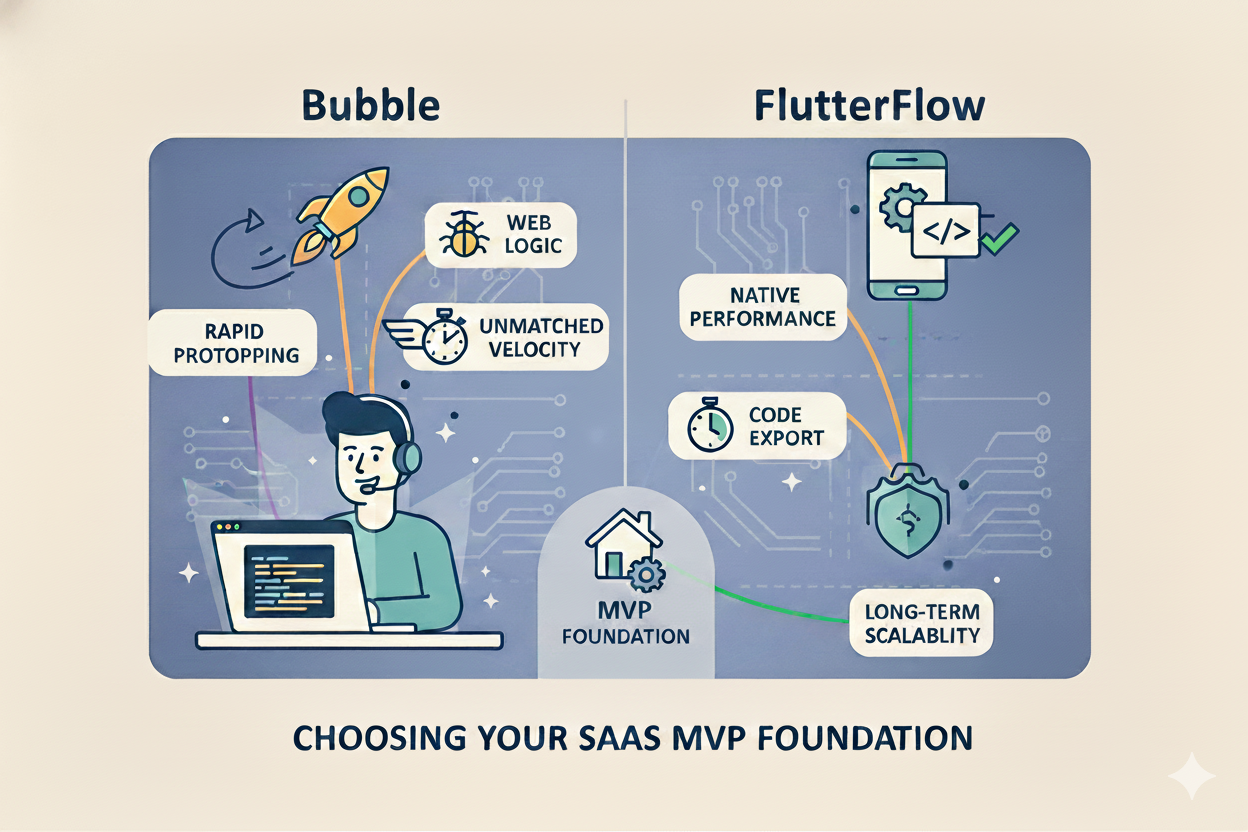
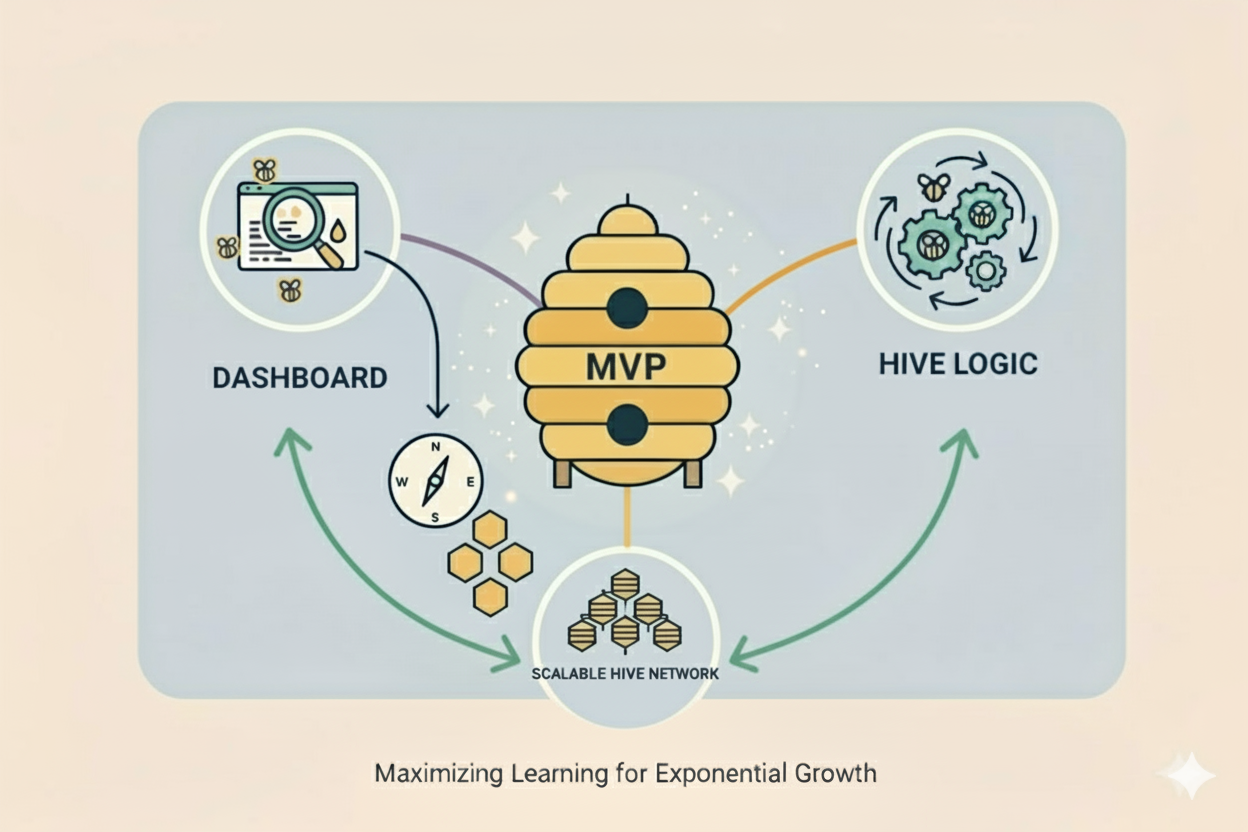
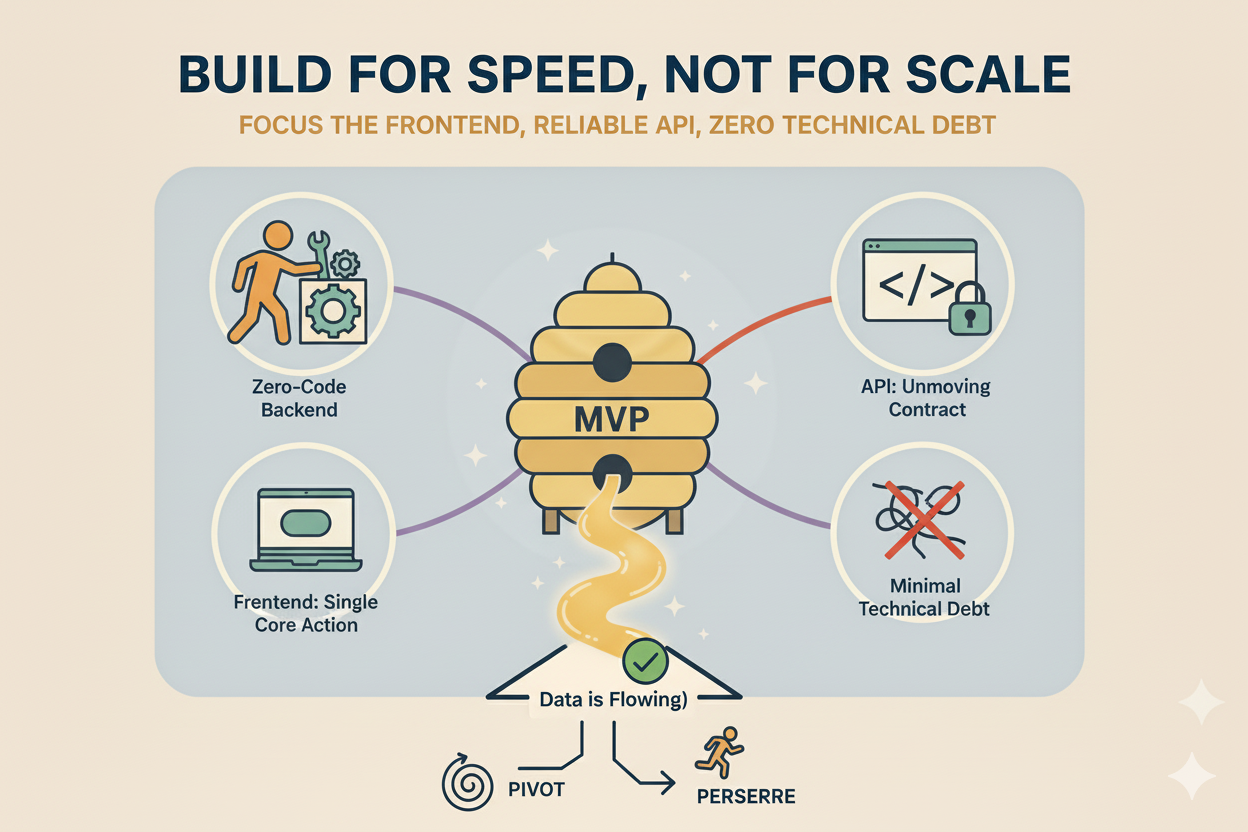
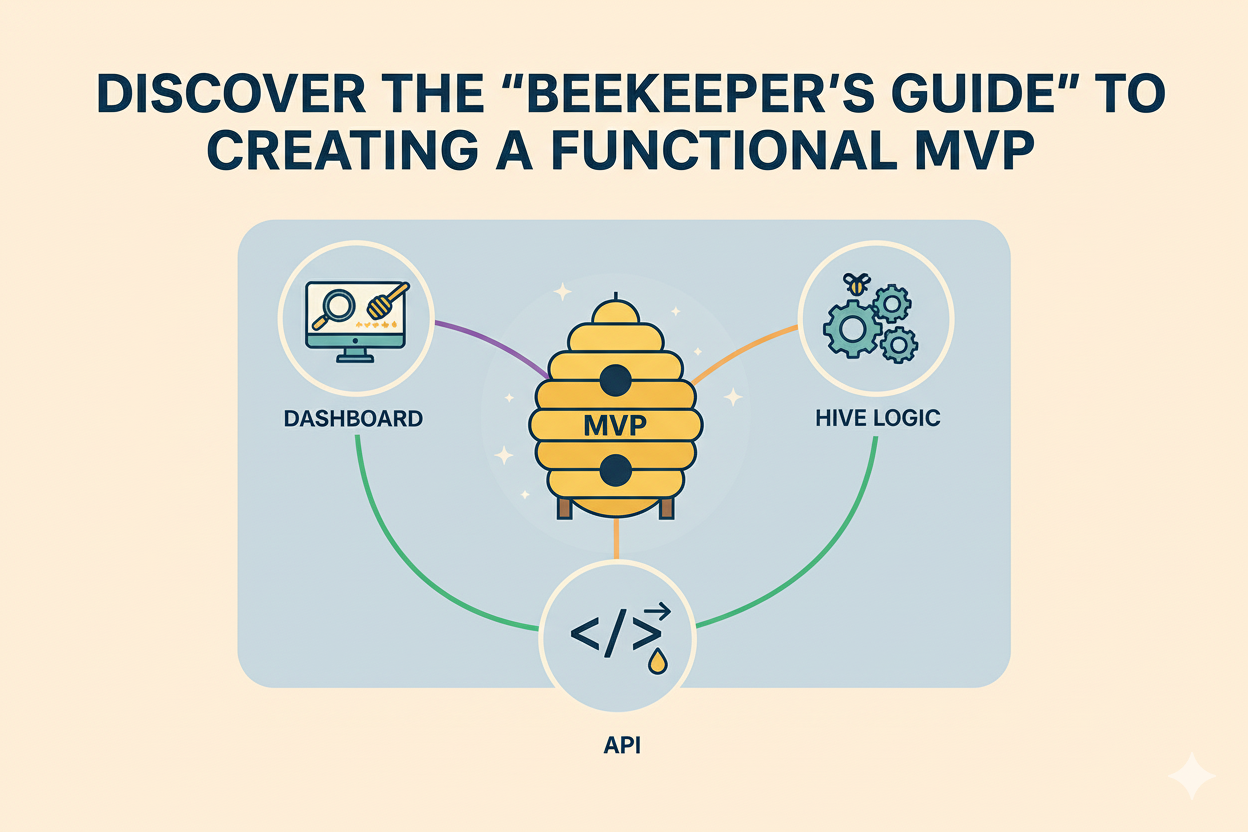
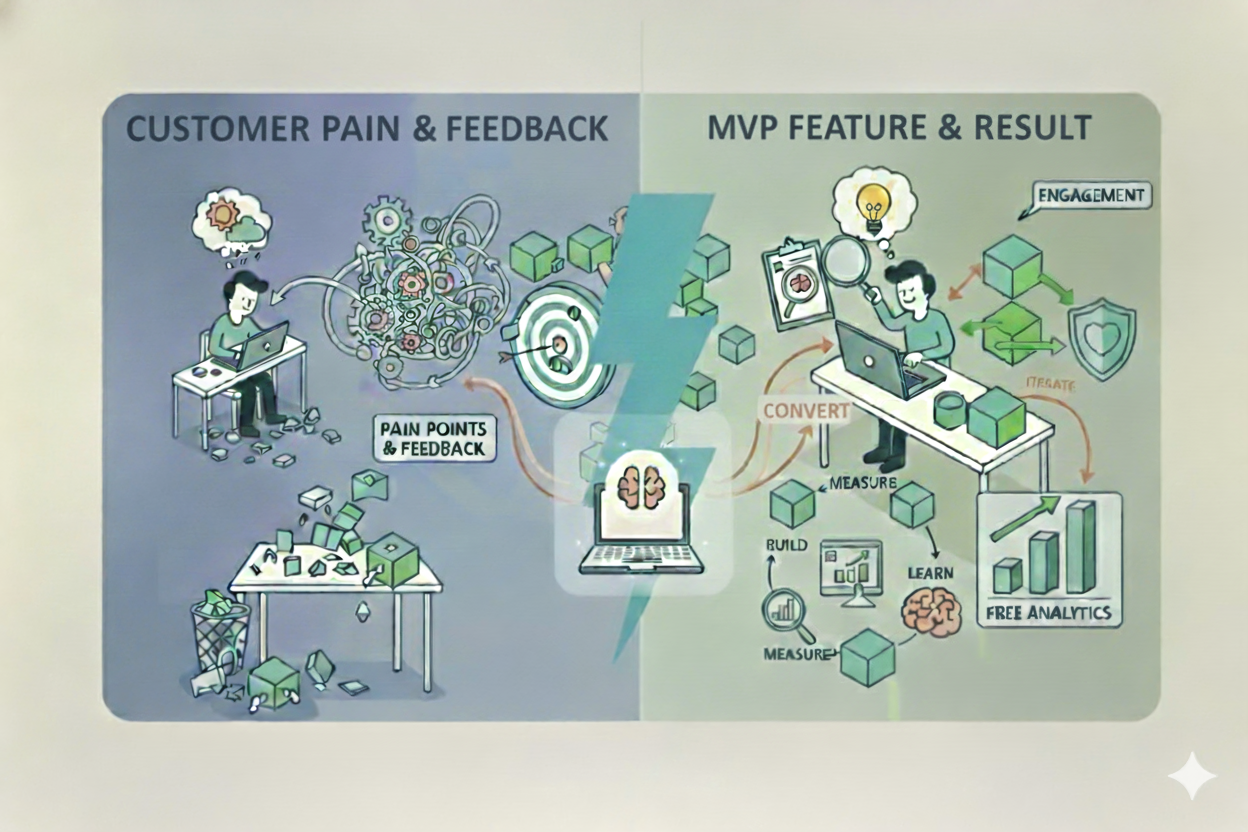
No comments yet
Be the first to share your thoughts on this article!